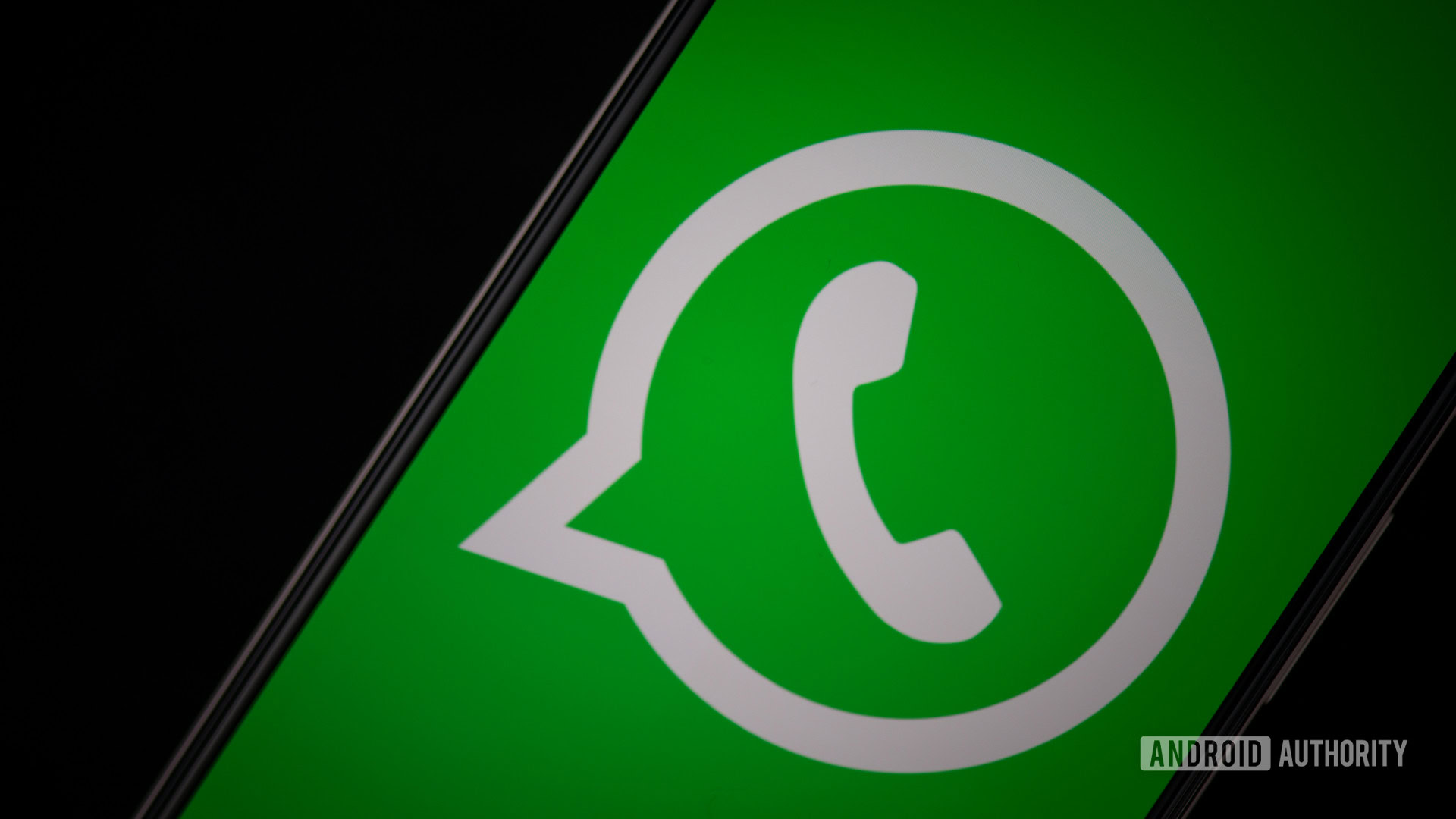Affiliate links on Android Authority may earn us a commission. Learn more.
Report: WhatsApp is working on a self-destructing images feature

- WhatsApp is working on a self-destructing images feature.
- These images will terminate once a user leaves a chat, and cannot be exported from the app.
- It’s unclear when the feature will arrive on Android or iOS.
WhatsApp users may still be up in arms about its upcoming privacy terms revision, but the app’s still working on adding privacy-focused features. Spotted by WABetaInfo, future WhatsApp builds on Android and iOS could gain a self-destructing images feature.
Detailed in a set of screenshots, the feature isn’t a novel idea. We’ve seen it on a number of alternative chat apps before.
As for functionality, the feature is reminiscent of Instagram Direct. Users can switch on the self-destructing feature per image by tapping a small button alongside the caption editor. Switching on the feature will ensure the image can’t be exported from WhatsApp, and that when a recipient leaves the chat the image will terminate. This button also houses a number — seemingly a self-destructing timer.
Adding to its utility, the feature will be available in both group and private chats. Image previews in chats will also be obfuscated until a recipient taps on the image to view it.
The addition comes after WhatsApp rolled out self-destructing messages in November 2020. But unlike the new images feature, self-destructing messages lack a few key privacy features. If these messages contain any media, the content’s saved to the recipient’s device. Self-destructing images at least adds another layer of privacy and gives senders a little more control over their media.
It’s unclear when self-destructing images will rollout, but WABetaInfo also notes that a screenshot ban for these images is also in the works.
Next: WhatsApp vs Telegram vs Signal: Which messaging app should you use?